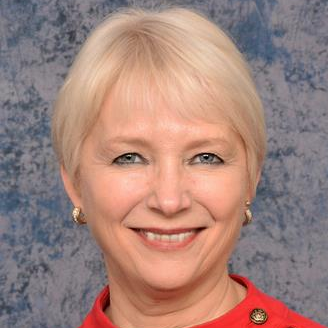Urban Sustainability: Re-envisioning Cities to Lead the Way toward A Circular Economy
A special issue of Sustainability (ISSN 2071-1050). This special issue belongs to the section "Sustainable Urban and Rural Development".
Deadline for manuscript submissions: closed (31 August 2021) | Viewed by 44520
Special Issue Editor
Interests: community based development; urban sustainability; urban food systems; urban agriculture; PAR
Special Issues, Collections and Topics in MDPI journals
Special Issue Information
Dear Colleagues,
Urban communities play a critical role in achieving sustainability overall. They are where most of the world’s population lives, and they comprise high concentrations of services, consumption, and waste. To date urban communities rely heavily on surrounding peri-urban and rural areas to sustain their highly concentrated levels of consumption and waste. This displacement of resourcing and sink functions represents an unsustainable pattern of urbanization that accelerates the decline of global ecosystems services rather than supporting them through the compensatory contributions of peri-urban and rural areas.
Yet how can urban communities be more sustainable and reduce the burden they pose to their surrounding areas? One of the answers lies in re-envisioning cities as circular systems that serve as exemplars of a re-embedded circular economy where supply chains are designed with their local and regional context at the center; emissions and waste are reduced and remaining waste products serve as resources for connected product cycles; entire regions comprise networked and embedded economies; food is produced and processed at local and regional scale; and communities are strengthened through social networks and collaborative initiatives; and ecosystems and restorative social systems are strengthened. This kind of circular economy takes its cue from nature rather than from industrial throughput models. The task of re-envisioning urban communities as circular and embedded systems has gained particular urgency in light of the recent global health crisis that has highlighted the vulnerabilities of current dis-embedded models of urbanization.
This special issue explores opportunities and challenges urban communities face, as they seek to become sustainable systems embedded in their diverse and complex social and environmental contexts. We invite contributions that envision sustainable solutions for urban infrastructure, housing, food and water security, ecosystems services, quality of life, human livelihoods, governance, and policies that improve the sustainability and resilience of urban communities.
Prof. Dr. Sabine O'hara
Guest Editor
Manuscript Submission Information
Manuscripts should be submitted online at www.mdpi.com by registering and logging in to this website. Once you are registered, click here to go to the submission form. Manuscripts can be submitted until the deadline. All submissions that pass pre-check are peer-reviewed. Accepted papers will be published continuously in the journal (as soon as accepted) and will be listed together on the special issue website. Research articles, review articles as well as short communications are invited. For planned papers, a title and short abstract (about 100 words) can be sent to the Editorial Office for announcement on this website.
Submitted manuscripts should not have been published previously, nor be under consideration for publication elsewhere (except conference proceedings papers). All manuscripts are thoroughly refereed through a single-blind peer-review process. A guide for authors and other relevant information for submission of manuscripts is available on the Instructions for Authors page. Sustainability is an international peer-reviewed open access semimonthly journal published by MDPI.
Please visit the Instructions for Authors page before submitting a manuscript. The Article Processing Charge (APC) for publication in this open access journal is 2400 CHF (Swiss Francs). Submitted papers should be well formatted and use good English. Authors may use MDPI's English editing service prior to publication or during author revisions.
Keywords
- urban sustainability
- urban resilience
- circular economy
- re-embedding
- environmental sustainability
- economic sustainability
- social sustainability





